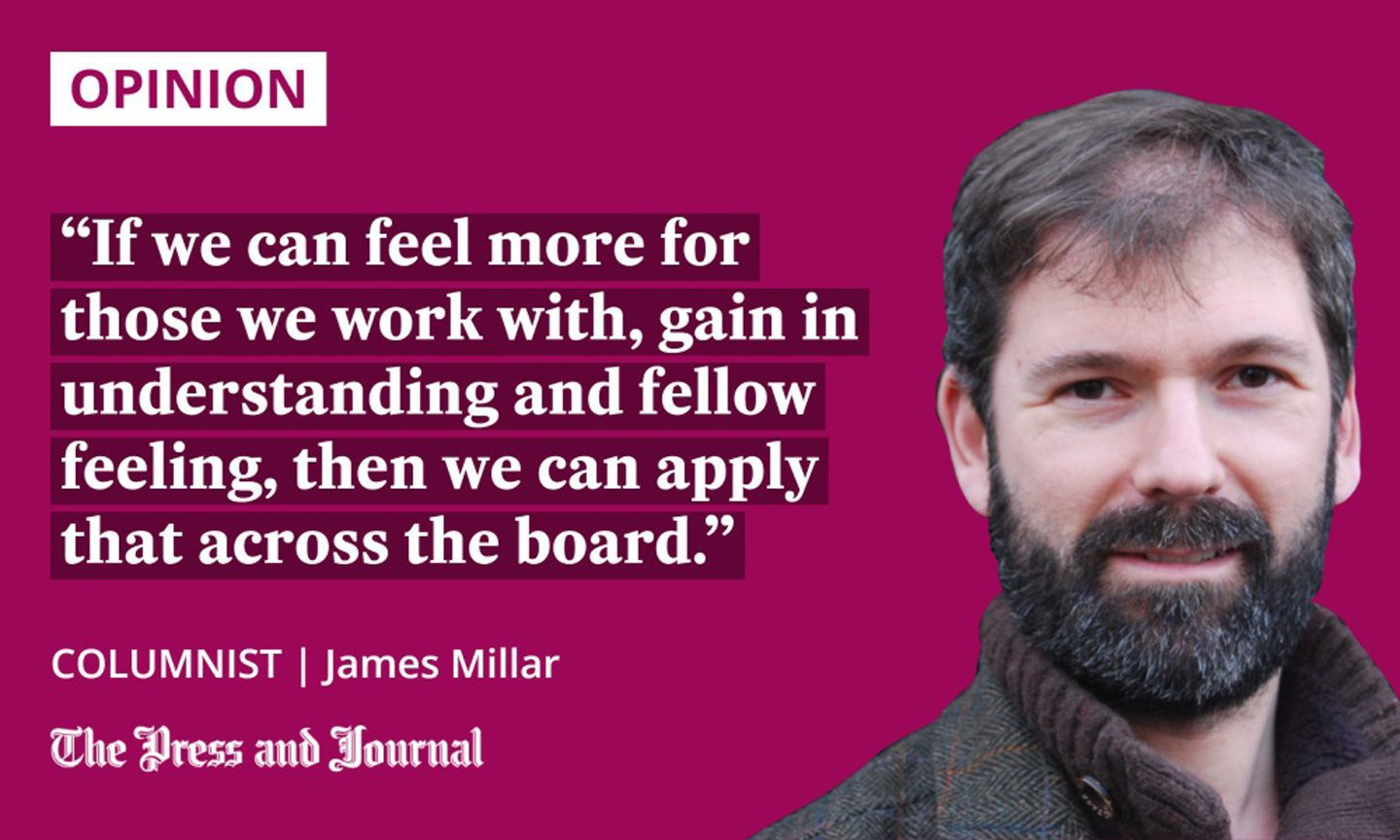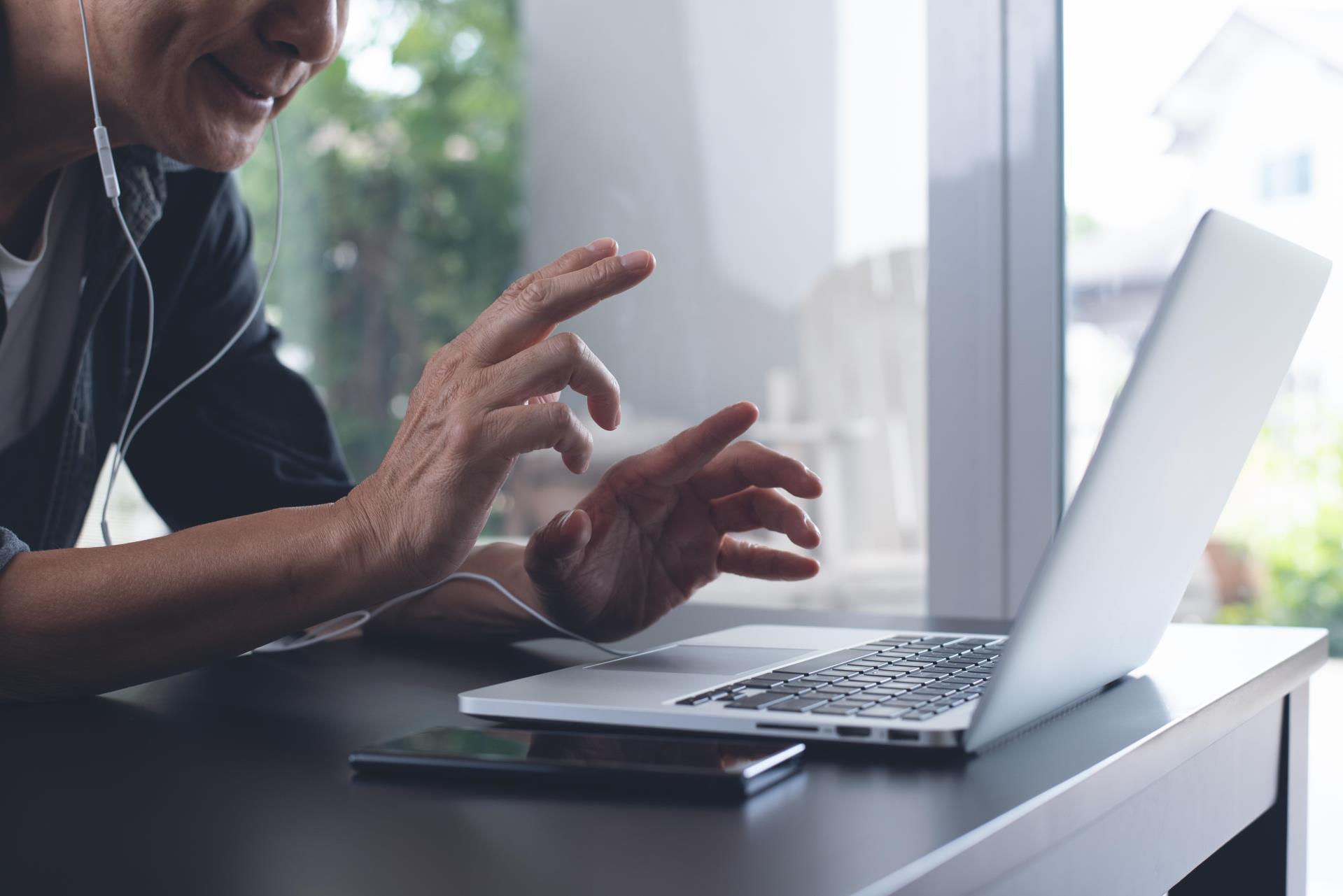Preparing to join yet another online meeting last week, my computer offered me the option to “blur my background”.
I’ve noticed this practice become increasingly de rigeur on Zoom calls (and, although this one was actually using another program, Zoom has become the Hoover of video conferencing calls).
Some egghead has developed the necessary advanced technology to render the dartboard in your boss’s home office fuzzy and focus purely on her face and form, at least until she moves her head and most of her hair is instantly pixellated.

I have yet to partake, due to techie ineptitude rather than as a lifestyle choice. But, even presented with the option, I shall continue to treat work colleagues, contacts and potential employers to the sight of my slightly higgledy-piggledy kitchen in the background of our calls.
Indeed, I’m most proud of the fridge that sits over my right shoulder on screen, plastered as it is in magnets accumulated from the House of Lords, a holiday in Madeira, St Andrews Aquarium, and the Shard. All hold a treasured bit of tat in place – the shopping list, an artwork by my nephew, my son’s school timetable.
I’m not ashamed for folk to know that I have a family, a hinterland that includes the weekly shop and occasional trips to tourist attractions. And that’s why the move to blurred backgrounds concerns me.
Seeing each other as human makes us more empathetic
When we all went online back in March 2020, there was no protocol for virtual meetings. Those companies that had previously insisted working from home wasn’t practical suddenly insisted that everyone do just that. And, whether it was an online quiz or a crisis call on business continuity, we all got a glimpse of our colleagues’ homes and an insight into their lives.
We may have been cursed to experience a pandemic, but the human spirit bends towards hope
Sometimes that meant evaluating their bookshelves, sometimes it meant judging their ill-behaved children. Most importantly, it made us realise that these people amounted to more than just their employment, that they have interests and challenges away from the workplace. It made us all more empathetic.
We may have been cursed to experience a pandemic, but the human spirit bends towards hope. And, so, we look for positives from the whole rotten thing. An increase in empathy ought to be one.
If we can feel more for those we work with, gain in understanding and fellow feeling, then we can apply that across the board and achieve a nicer, new world, rather than just faithfully recreating the before-times.
Let’s take an interest in each other, treat those we work with as people first and colleagues incidentally, and choose to “bin the blur”.
James Millar is a political commentator, author and a former Westminster correspondent for The Sunday Post


Conversation